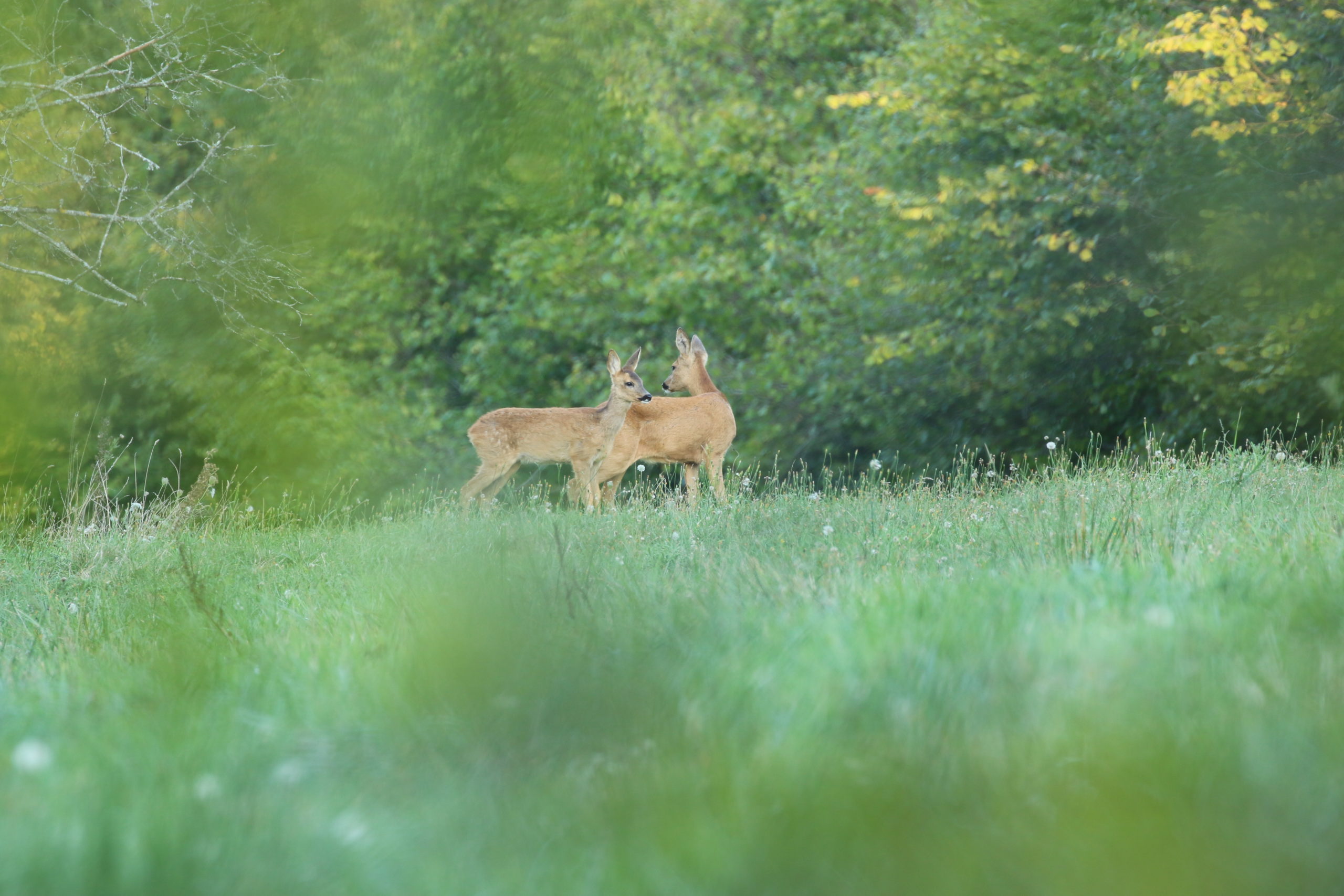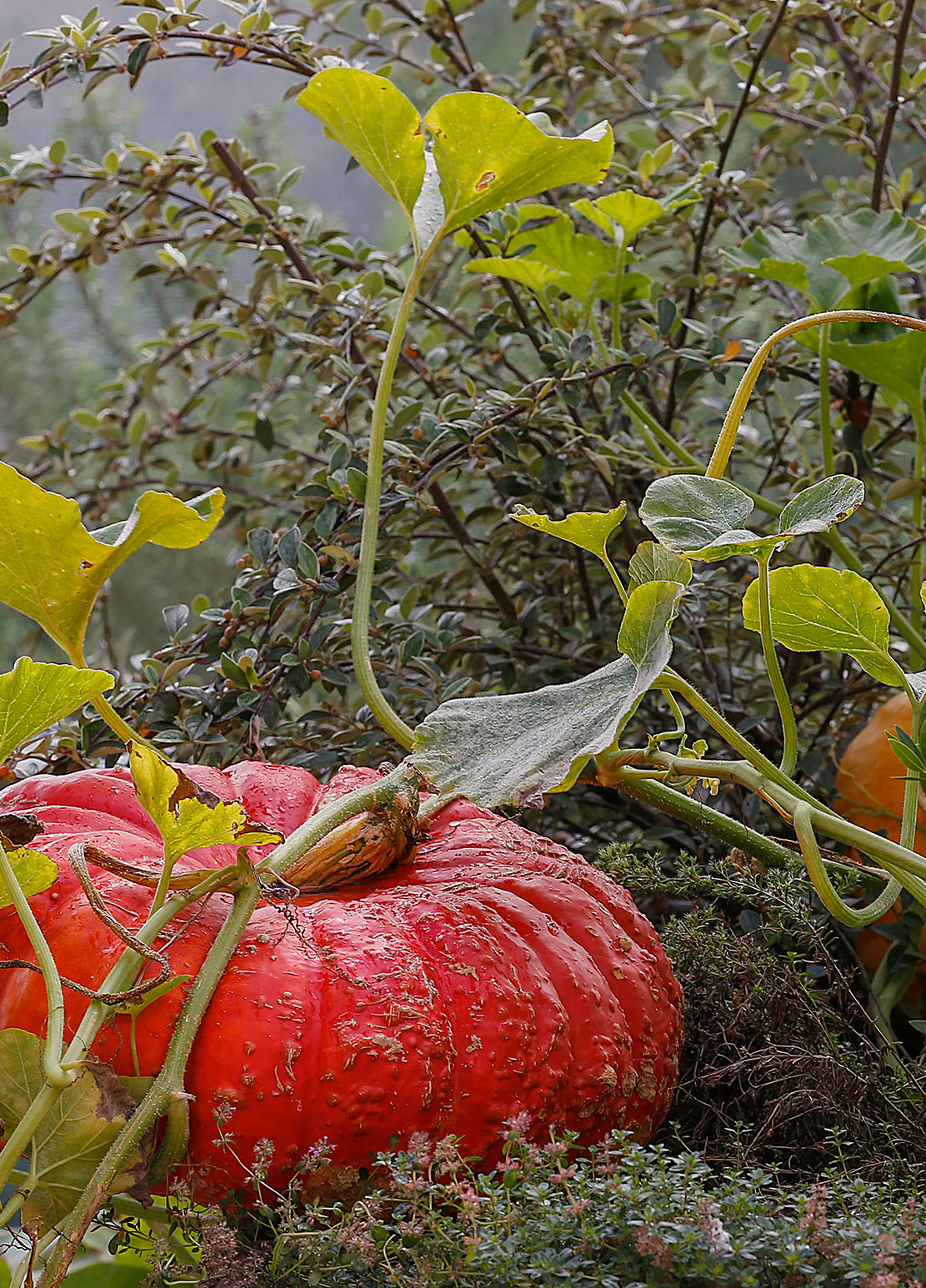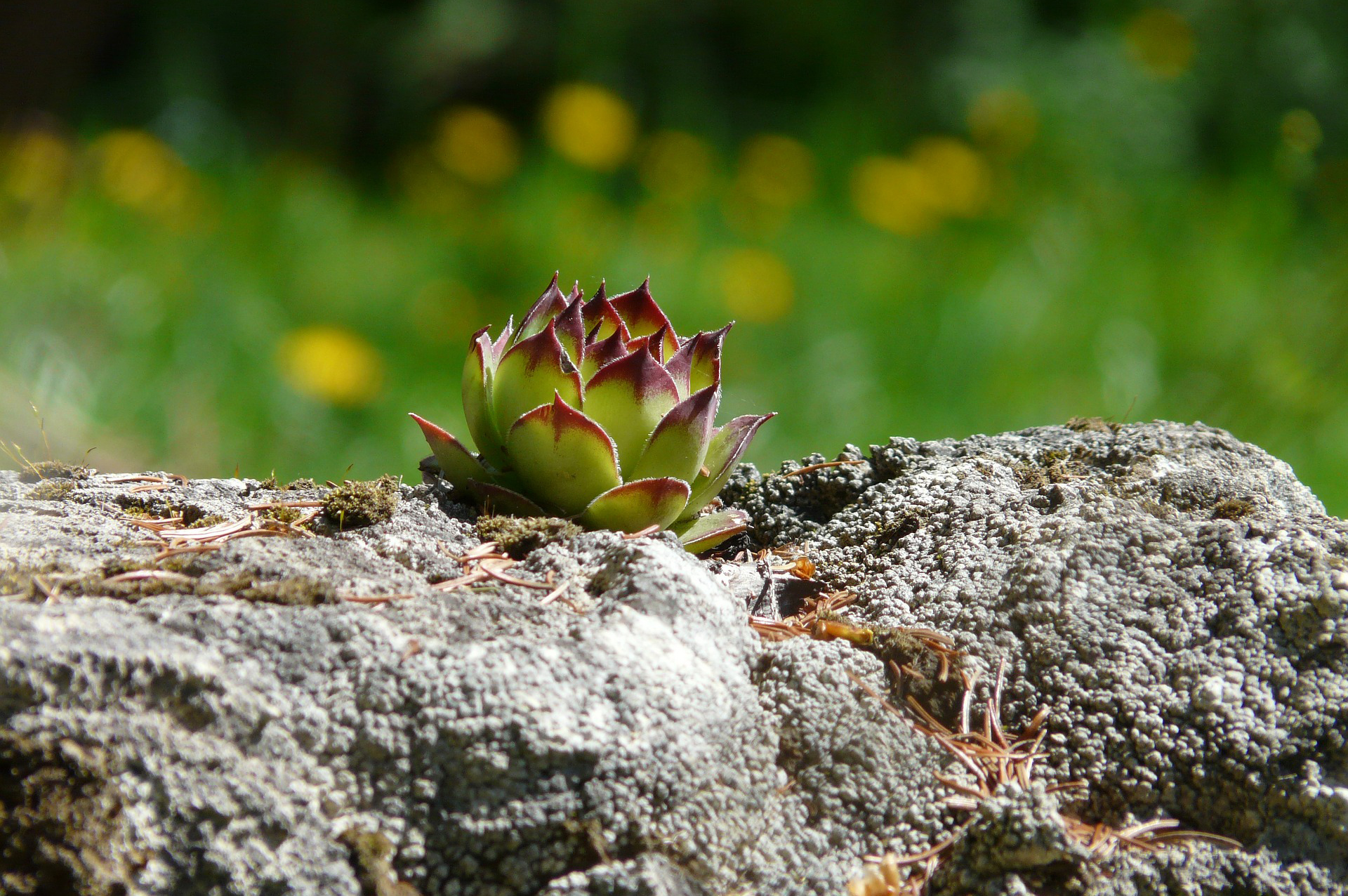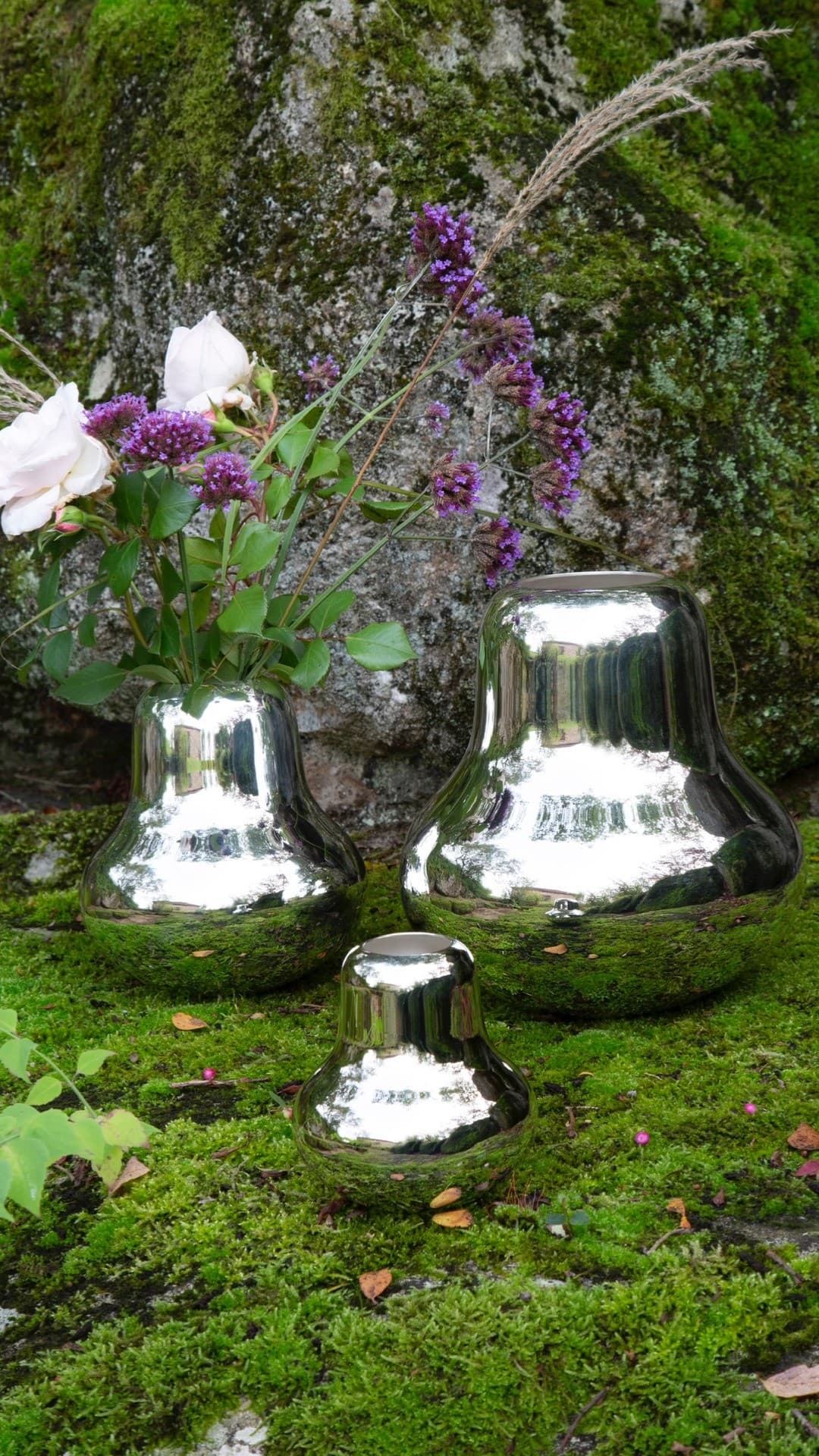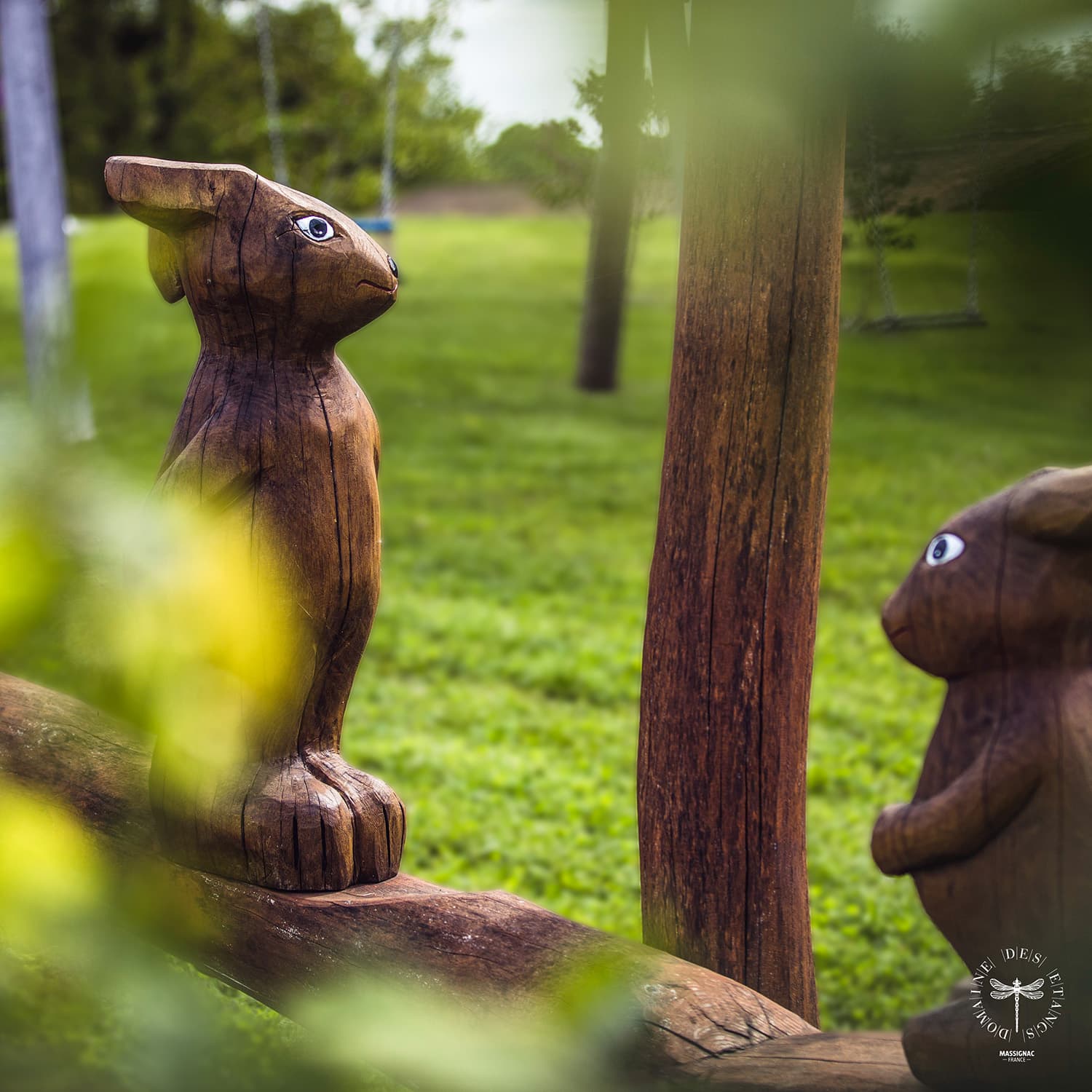Autumn is the perfect time to rediscover nature with children. Venturing out after the rain into the damp fields with a good pair of boots, walking, exploring and trying to spot majestic animals.
It is also a season when life can be observed through a multitude of clues left by the hosts of the woods. To reconnect with this wonderful world and discover it further, we suggest you go in search of these clues.
To begin exploring, you will need a backpack, binoculars, a magnifying glass, a notebook, a pen and an identification guide. And don’t forget to bring a snack and a drink.
RECOGNISING FOOTPRINTS
The presence of animals is revealed by the footprints they leave on the ground. All you need is to go to the edge of a wood, on a muddy path or by the water to observe their tracks. Dawn and dusk are the best time to look for footprints, as the dark brings out the relief on the ground. Here is a method to identify footprints:
How big is the footprint? How many fingers or nails are there?
Are they claw marks? Are they hoof marks? Are they paw marks?
How many paw marks are there? What is the shape of the paws or hooves?
You can now identify the animal these tracks belong to with the help of an animal track identification guide. Here is a book to help you unravel the mysteries of the marks you encounter. L’indispensable guide des empreintes of Muriel Chezel
The free app Clés de forêt by the National Forestry Office of France will also help you quickly identify the tracks you encounter, while describing all the animals in the forest.
FINDING TRANSIT PATHS
Animals adopt habits, just like humans. They favour paths they are familiar with. In forests or fields, you can look for these paths and determine who has crossed them by examining the footprints you find.
These tracks often form narrow lines on the ground, in the leaves or under the bushes. They are even more noticeable if there is a slope up or down which the animal has to lean more heavily.
These tracks may lead your steps to a burrow.
A CLUE: HAIRS
On the paths, you may see hairs on branches or trunks left by animals rubbing against them.
By looking at the colour and length of these hairs you can determine which coat they belong to. These hairs can be observed through a magnifying glass and placed in a box by young explorers.
FOOD REMAINS
Food scraps or feeding sites are excellent clues to the presence of an animal or group of animals.
Branches broken clean indicate the presence of roe or deer that are fond of greenery. Observe the low branches and young shoots that have been eaten.
On the ground, pine cones gnawed clean indicate the presence of squirrels. Hazelnut shells broken in half at the foot of a tree reveal the feast of these small climbers that often forget where their food is hidden. Mice and tits also love hazelnuts. Remains tell us who has enjoyed them.
When the ground is turned over in deep, winding furrows, it means that the boar’s snout has been there, searching for the plump earthworms it loves.
The state of the environment tells us something about animals’ eating habits.
If you wait for a long time and position yourself so that your scent is not transported by the wind, you may catch a glimpse of one of these animals in the silence of nature.
The world of the forest reveals itself to those who observe it.
What clues have you already found in nature?
